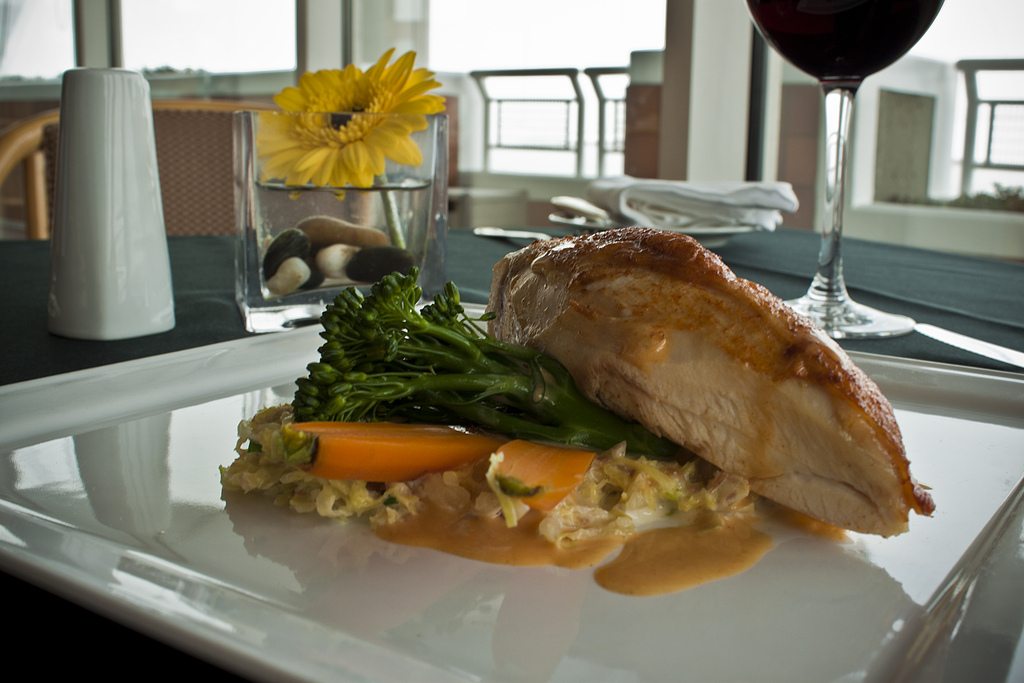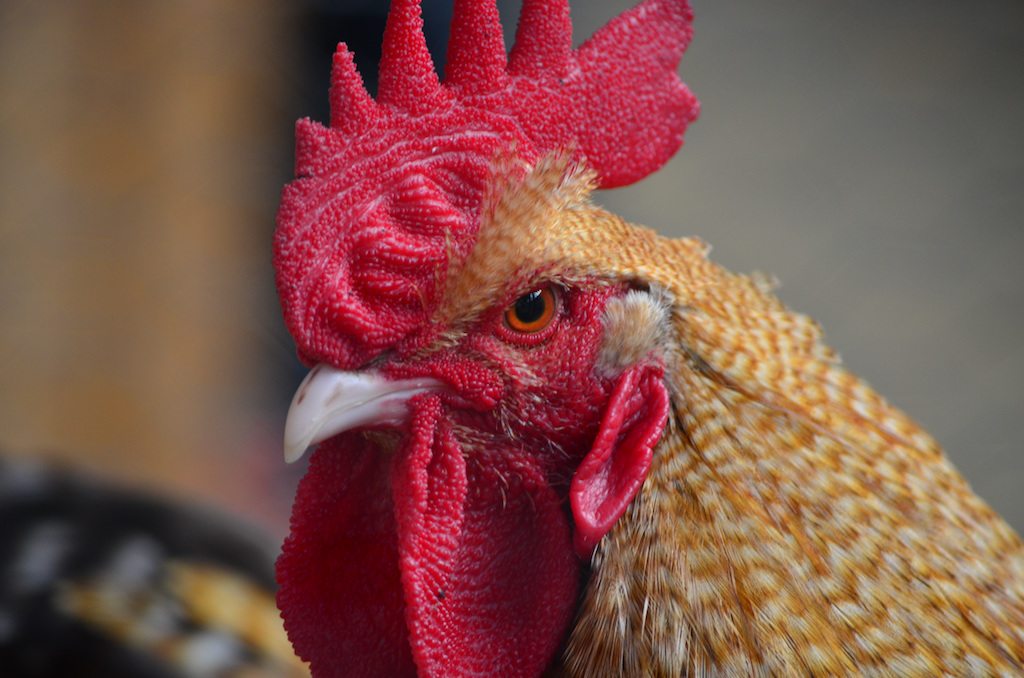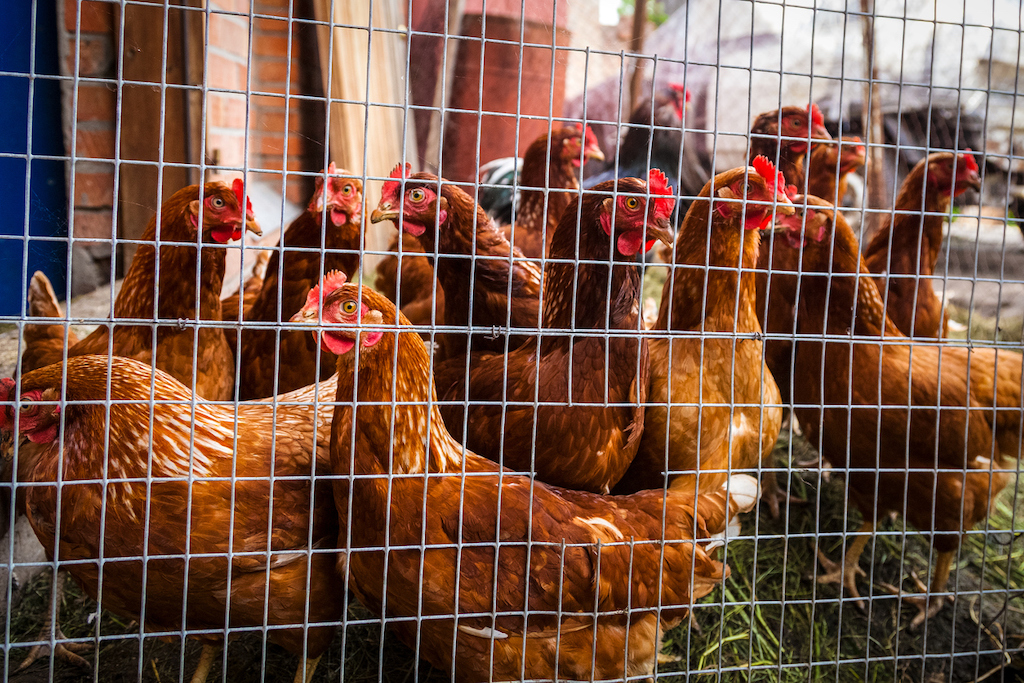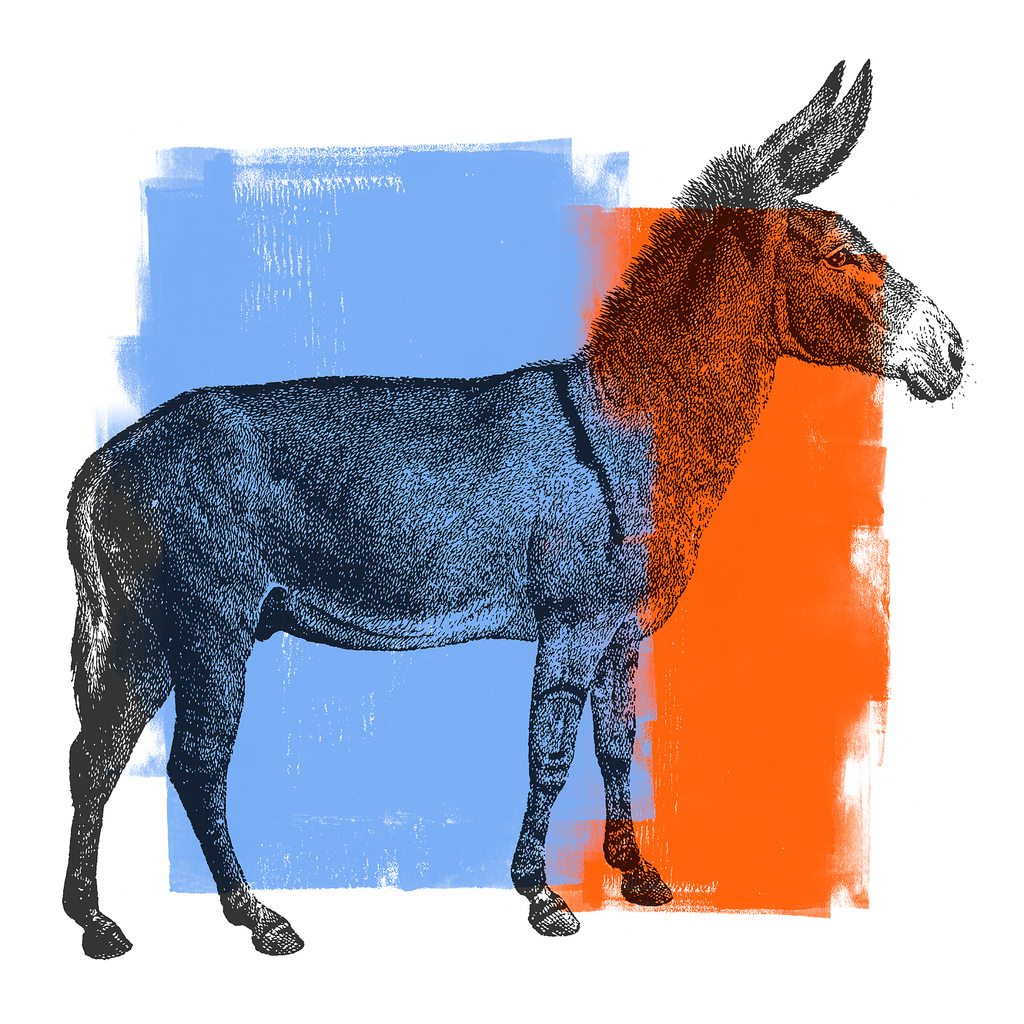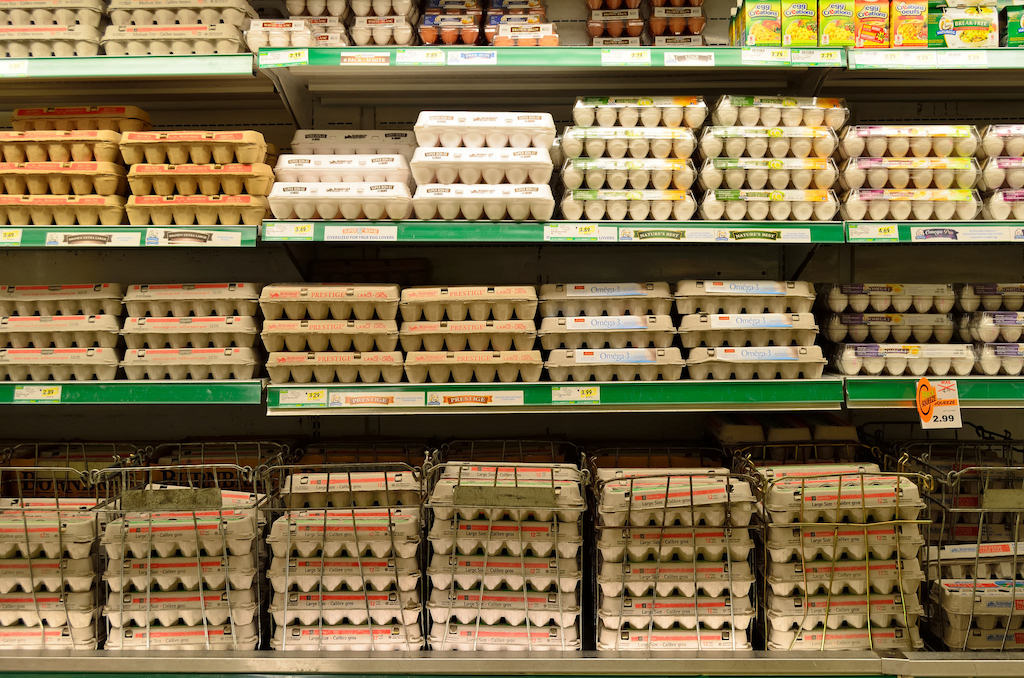Local-minded chefs have been saying it for years: sustainably grown food just tastes better. Celebrated gourmands like Dan Barber and Jose Andres have long invoked environmentalism by way of hedonism, urging their guests to eat differently, not just out of deference to livestock and the land, but to indulge in a kind of peak scrumptiousness. This culinary movement owes a lot, of course, to the philosophy of Alice Waters who, at Chez Panisse in the nineties, used to serve an unadorned suncrest peach for dessert. As if to say: This peach is so good, no chef could improve upon it. As if to say: Our ingredients matter more than what we do with them in the kitchen.
It’s only human to be attracted to farming on a human scale. We prefer images of 1920s farmhouses to GPS-guided combines roving through the corn. And it would be nice to know that the goods sold down at the local farmers’ market really do taste better than the stuff on Walmart’s shelves.
But is it actually true? That’s harder to say.
Taste, of course, is an incredibly subjective measure. That’s because the narrative behind a food can profoundly affect its taste, and a good story alone has the ability to make our mouths water. Look no further than Nick Paumgarten’s amazing New Yorker profile of Damon Baehrel, whose farm-to-table fabulism appears to have hornswoggled a generation of sourcing snobs, for evidence of the power of culinary narrative. And the opposite is also true. A menacing story can ruin a good meal. Last year, a study in PLOS One demonstrated that playing to our “affective beliefs”—by, say, describing the conditions on a factory farm—can turn us off the flavor of commodity ham.
We don’t just taste with our tongues. Factors like nice lighting, heavy cutlery, and artful plating demonstrably influence the pleasure we take in food. We like food more when it’s more expensive. We like it better on round, white plates. Is it really possible to say anything definitive about taste when human beings are such suggestible, easily influenced creatures?
Maybe. A group of Belgian researchers at the Flanders Research Institute for Agriculture, Fisheries and Food has done their damnedest, devising an experiment to test whether pastured chickens taste better than the ones confined indoors. And the methods they used to find out are almost as interesting as the results.
The scientists start their study, published in the journal Poultry Science, by pointing to a gap in the research: it’s been hard to measure the impact of pasturing on meat quality, they say, because the birds tend to cluster by the barns. Why? Because chickens shelter, and because their food is in the barn, it’s hard to entice them to stretch their legs. Previous studies have found that only a small number, from 5 to 11 percent, will make good use of the great outdoors. So this study was, in part, about using methods that would get the birds to really increase free-range use. As the study’s authors put it: “If free-range use were to increase, the potential effects on performance and meat characteristics might be more pronounced.”
The study included 600 birds in three different groups. 200 of them (like the vast majority of the country’s chickens) were raised completely indoors. Another 200 were given outdoor access with artificial shelters, groups of tent-like wooded structures, spread throughout the meadow. And 200 were given outdoor conditions shaded by stands of shrubby, “short-rotation” willow trees.
The shelters seemed to make a difference. The researchers, who monitored the birds by camera, found that the artificial structures compelled about 35 percent of the birds, on average, to go outdoors, though only 4 percent of them ventured more than 5 meters away. The group treated to willow trees was even more adventurous: an average of almost 43 percent went outdoors at a given time, and over 10 percent roved more than 5 meters from the barn.
According to the study, that modest uptick in activity made a discernible difference on the plate.
At the end of the experiment, the chickens were slaughtered using electrified water bath stunning. Then they were cooked, unseasoned, in convection ovens and served to “experienced panelists”—one 29-person group and one 25-person group. What made these panelists experts? The study doesn’t say. But each person was served the three meat types in an individualized, random sequence, and asked to rank the samples on a variety of taste and texture metrics. The birds that got the most exercise fared better.
The most pronounced difference was not between the indoor and outdoor birds, but between the willow birds—who ranged most freely—and the other two groups. Though panelists ranked all three groups about the same on the general measure of “taste,” birds with tree shelter were consistently found to be “juicier,” “more tender,” and “less fibrous.” In other words, with better texture. The conclusion is that exercise develops chicken muscles, which positively affects texture and flavor.
So, it looks like the Dan Barbers of the world may be right: the pastoral vision of free-ranging animals really does make for better tasting food, at least in chickens.
The study mentions a few other details worth pointing out. First, the indoor chickens had a higher slaughter weight, which makes sense. With less room to move around, they packed on the pounds. And in industrial production–a volume game where every extra ounce of meat counts–that’s probably a good thing. But it’s also worth noting that the indoor chickens didn’t actually eat more. Though you might think free-range birds need more feed to counter the calories they burn outdoors, pasture-based farmers might be relieved to hear that all three groups used the same amount of feed. Maybe bugs and grasses made up the difference.
There’s also some evidence that the pastured birds are healthier, too, though this warrants further study. Both outdoor groups had higher amounts of unsaturated fatty acids, the so-called “good” fats that are said to promote human health. But the surprising thing was that the chickens in artificial shelters had noticeably higher levels of coveted omega-3 polyunsaturated fat, while the willow group did not. The authors suggest it’s because that group also happened to have their field planted with clover, not just grass—and that clover was the source of the extra nutrients. This finding alone would seem to warrant further research.
Everyone’s heard the old truism: you are what you eat. Science will continue to study the degree to which that might be true. But the battle lines are clear. Proponents of efficiency-driven agriculture have long asserted that there’s no functional difference between old-world farming and modernized, mechanized agribusiness. While chefs and sustainability advocates simply say, taste for yourself. Hopefully future research can clarify what’s really true, and what’s simply a good story.
